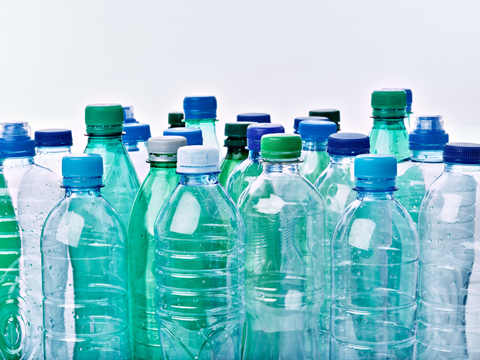
The European PET Bottle Platform (EPBP)’s new Circularity Test Protocol intends to help industry stakeholders adjust to multi-loop recycling and pursue environmental targets as incoming EU policies set minimum thresholds for rPET content.
With the EPBP’s Design for Recyclability Test Protocol already designed to align with the Packaging and Packaging Waste Regulation and provide design-for-recycling guidelines, the Circularity Test Protocol seeks to take another step towards sustainability-minded packaging design by simulating multiple recycling loops.
The new protocol is anticipated to meet the changing requirements of the PET industry, especially incoming deadlines for minimum recycled content, and help illuminate the value chain’s next steps. In doing so, industry players are hoped to maximize resource use, extend product lifespans, facilitate effective recycling, and minimize waste.
“With this new protocol, EPBP reinforces its commitment to fostering sustainable packaging innovations that embody true circularity,” said Antoon Spiessens, co-chair of EPBP representing UNESDA.
“This protocol offers industry stakeholders a reliable framework to assess and improve the circularity of PET bottles during their R&D phase,” added John McClelland, co-chair of EPBP representing Petcore Europe.
Initially, applicants will be offered both test protocols when undertaking recyclability or circularity assessments. However, an as-yet unspecified transition period will be established for the PET Circularity Protocol and its relevant design guidelines, allowing industry players to prepare for a full transition.
Applicants will be given the choice to validate their packaging against the recyclability or circularity protocols; yet EPBP encourages the adoption of the circularity protocol, since packaging designs aligning with the recyclability protocol ‘may face challenges’ when reassessed against the circularity protocol.
Earlier this year, EPBP became a liaison organization to the European Committee for Standardisation (CEN)’s Technical Committee; its work is anticipated to improve bottle-to-bottle recycling for PET in the evolution of design for recycling legislation.
Since then, UNESDA and Petcore Europe have formed part of a joint initiative offering a new guidance document, intended to help waste management operators and sorters achieve third-party quality assurance certification for their recycled materials.
In other news, the EU has published rules surrounding the calculation, verification, and reporting levels of chemically recycled content in single-use beverage bottles. Interested parties can provide feedback on a draft of the rules via the EU’s Have Your Say portal until 19th August.
If you liked this story, you might also enjoy:
The ultimate guide to the Packaging and Packaging Waste Regulation in 2025
How are the top brands progressing on packaging sustainability?
Everything you need to know about global packaging sustainability regulation in 2025
The key to increasing the use of reusable packaging in supermarkets

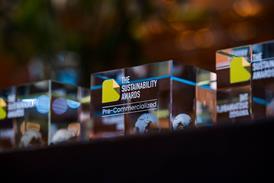

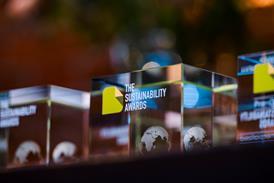
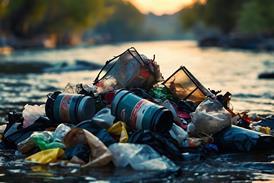
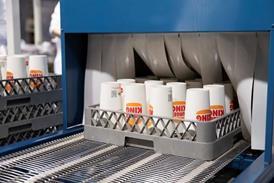






No comments yet